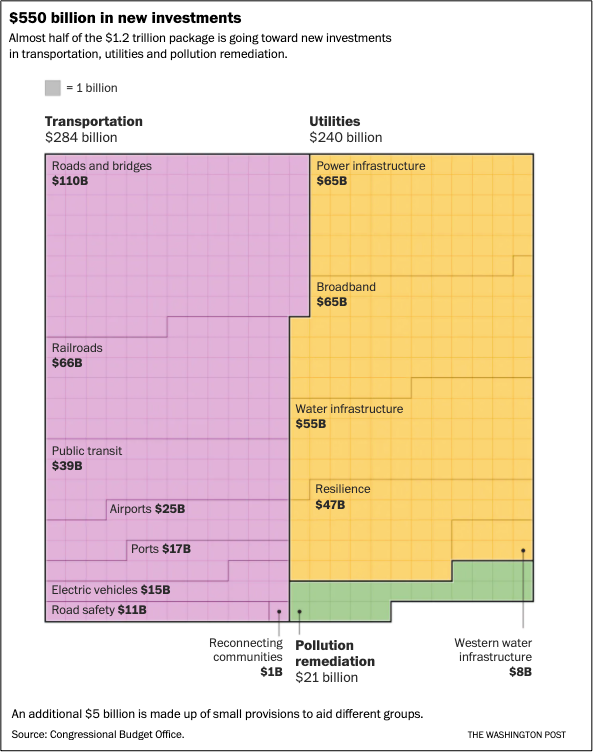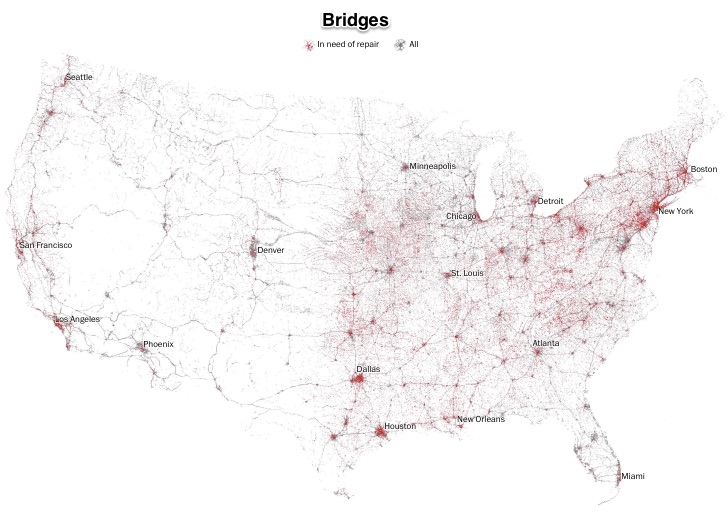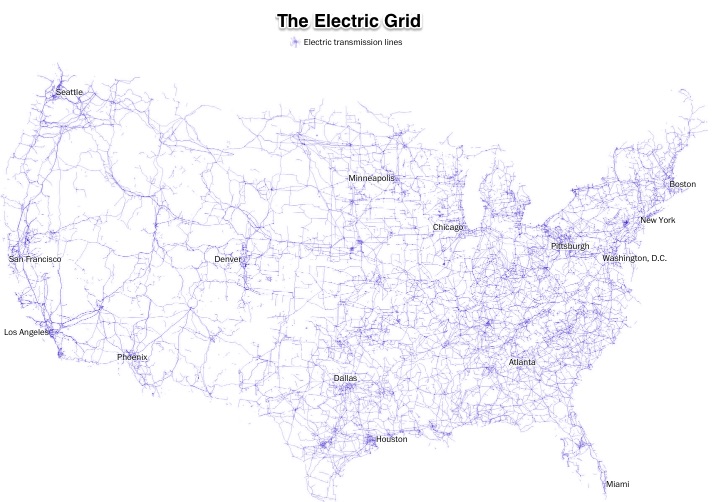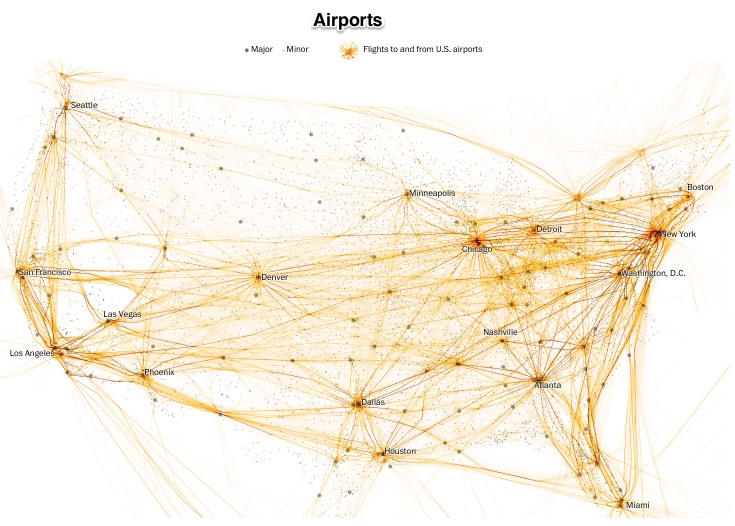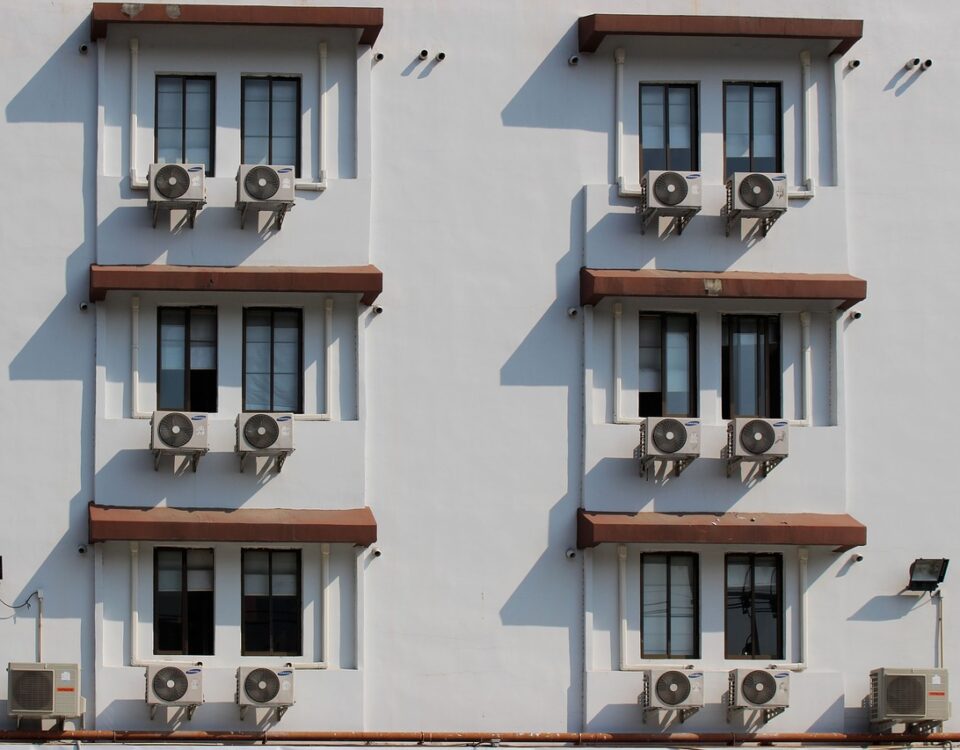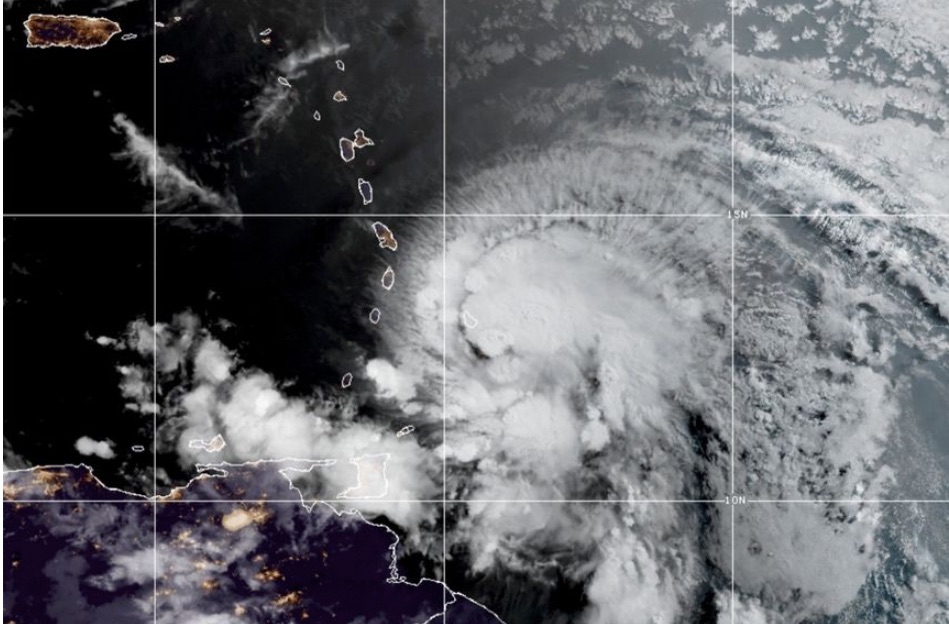
Why Changing to Standard Time Is Tough
November 7, 2021
Reducing Your Carbon Footprint By Not Eating Local
November 9, 2021In its 2021 report card, the American Society of Civil Engineers (ASCE) gave the U.S. infrastructure a C-. Rather sadly, saying it was up from a D+ in 2017, they applauded the new grade.
These are the categories they evaluated. I noted the grades:
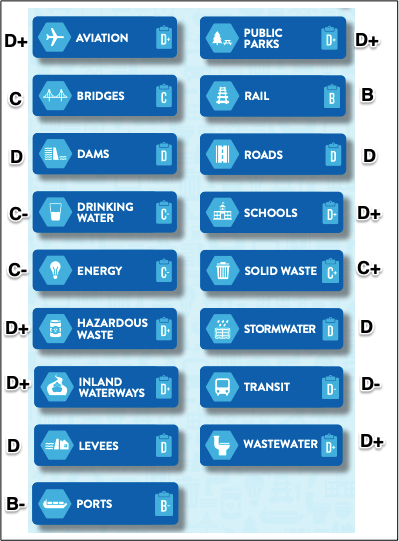
Having passed the House and Senate, the new infrastructure spending bill will soon be signed by President Biden. Remembering our infrastructure report card grades, let’s take a look.
Infrastructure Spending
You can see that roads and bridges receive the biggest boost from the Infrastructure Investment and Jobs Act:
Bridges
Among the 617,000 (approximately) bridges in the U.S., close to 42 percent are more than 50 years old. A bridge would be classified as structurally deficient if one of its main structural elements–a deck, superstructure, substructure or culvert–is rated as poor or worse:
You can see that Iowa and then Pennsylvania have the most that are structurally deficient:
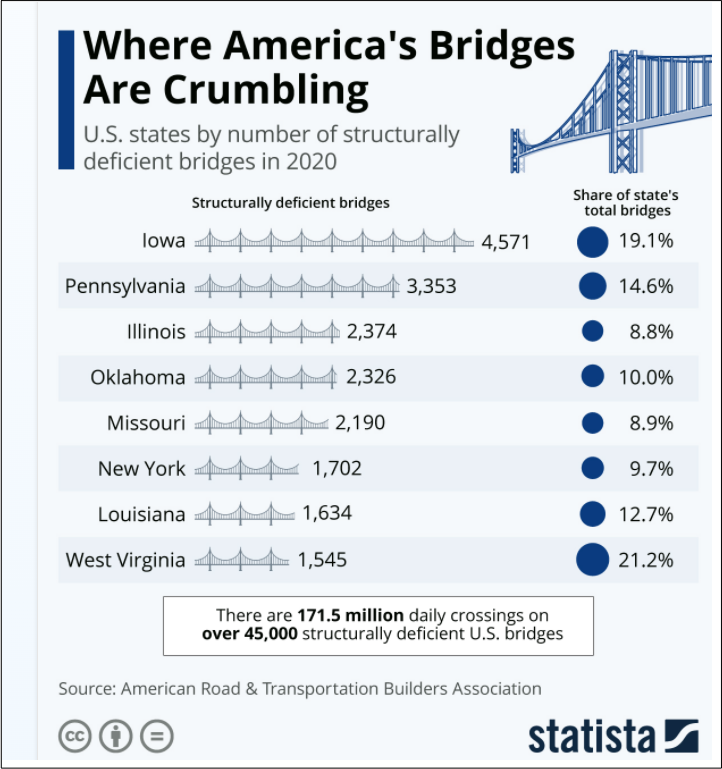
Electricity
Powered by coal, nuclear, petroleum, renewable sources, and natural gas, the U.S. electrical grid has more than 160,000 miles of high-voltage transmission lines:
At the same time, we can look at the stages of production and distribution:
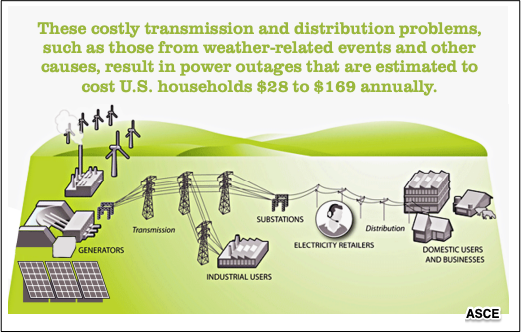
And, we can judge deficiencies by outages:
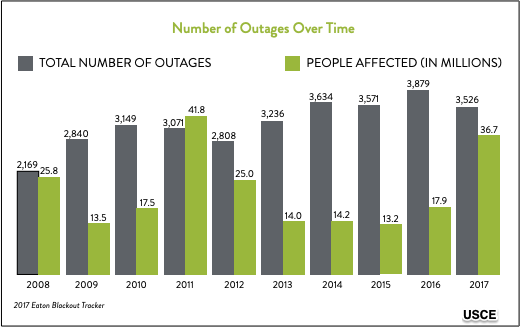
Airports
Statista tells us that in the U.S., there were 5,217 public airports and 14,702 private airports in 2020. Flight delays are one way to measure of airport deficiencies:
You can see the massive volume of air traffic
And these are the increasing number of delays that the ASCE documents:
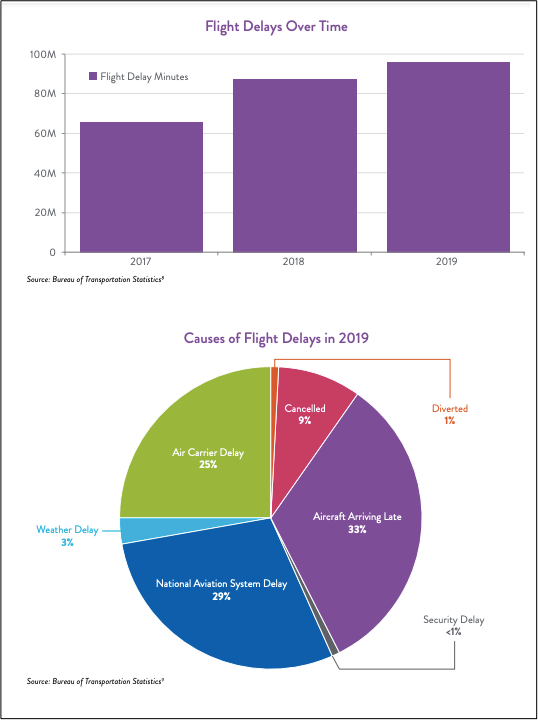
Our Bottom Line: Complexity
Where does all of this leave us? It takes us to what fractal mathematician Benoit Mandelbrot said about the British coastline. From afar we see the big picture of a smooth curving line. But look more closely at the coast or U.S. infrastructure spending and you see the countless zigs and zags on which $1.2 trillion will be spent.
My sources and more: The Washington Post has become my primary destination for legislative details and graphics. It was also my source for the U.S maps. Then, from there, the perfect complement was the ASCE infrastructure report card.
![econlifelogotrademarkedwebsitelogo[1]](/wp-content/uploads/2024/05/econlifelogotrademarkedwebsitelogo1.png#100878)


